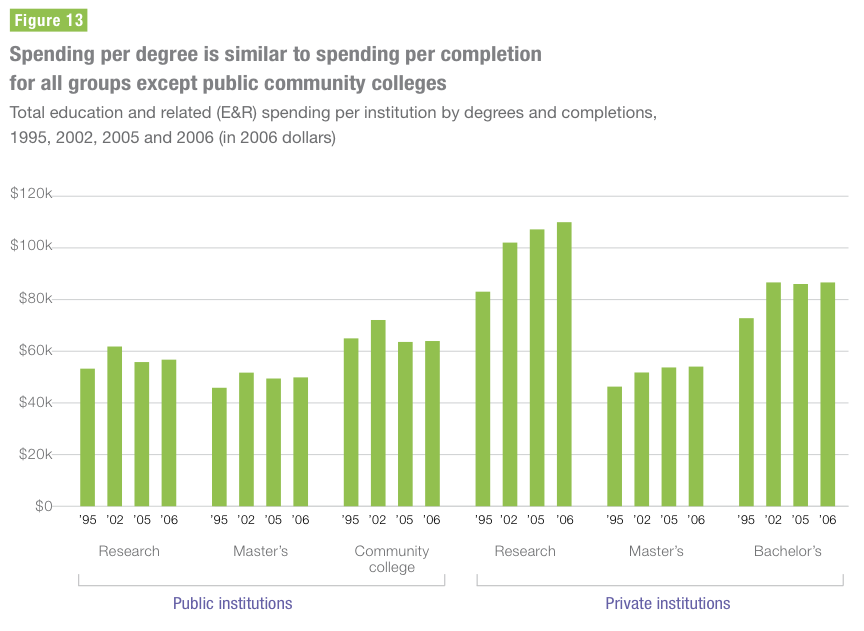 “Foster, You’re Dead!” is a Philip K. Dick short story published in 1955 describing the struggle of a young boy, Mike Foster, whose father refuses to purchase his family a bomb shelter. The story describes a classically Dickian society: paranoia over nuclear war so consumes everyone that the purchase of a bomb shelter and participation in a financial plan to provide protection from nuclear war are basic actions that every member of the society is assumed to have to participate in. Mike’s father, who refuses to participate in this hyper-consumeristic cross with the military industrial complex is labeled an “anti-P” and, without giving away too much, the story provides a strikingly empathetic description of Mike and his father’s struggles around their ostracized state. The story is in Second Variety (The Collected Stories of Philip K. Dick, Vol. 3)
“Foster, You’re Dead!” is a Philip K. Dick short story published in 1955 describing the struggle of a young boy, Mike Foster, whose father refuses to purchase his family a bomb shelter. The story describes a classically Dickian society: paranoia over nuclear war so consumes everyone that the purchase of a bomb shelter and participation in a financial plan to provide protection from nuclear war are basic actions that every member of the society is assumed to have to participate in. Mike’s father, who refuses to participate in this hyper-consumeristic cross with the military industrial complex is labeled an “anti-P” and, without giving away too much, the story provides a strikingly empathetic description of Mike and his father’s struggles around their ostracized state. The story is in Second Variety (The Collected Stories of Philip K. Dick, Vol. 3) which also contains a few other Dick gems (“The Golden Man” is particularly interesting in its stark view of evolution and it’s rebellion against the sympathetic mutant theme prevalent in the science fiction literature at the time.) In the footnotes of “Second Variety”, Dick describes where the inspiration for this story came from:
One day I saw a newspaper headline reporting that the President suggested that if Americans had to buy their bomb shelters, rather than being provided with them by the government, they’d take better care of them, an idea which made me furious. Logically, each of us should own a submarine, a jet fighter, and so forth.
Which is what got me thinking about tuition.
You see, in a former, quantized life, the rhythms of my life were centered squarely on the academic world. And if you’re in the world of academia in the United States, you most certainly know that college tuition prices have risen over the last few decades at a rate greatly exceeding that of inflation. These rising tuition costs have led to an increasing indebtedness are the part of students, causing some not very famous people and some very famous people to speculate that there is a higher education bubble. Since I made those impetuous comments about there being a higher education bubble, however, I’ve had time to dig around and see what actual data I could find on the subject.
Enter the treasure trove of reports from the delta cost project (for those who want to investigate the bias of this report note it is in part sponsored by the Lumina foundation who has a mission to increase higher education in the United States, along with an interesting enough story behind its founding to set off all you tin hat conspiracy theorists. That’s right you Sn-hatters…set off for somewhere else to post your canned responses!) First off the full reports are a data lovers delight: there’s some good stuff here!
But what I found most interesting, highlighted particularly in the 2009 report, was a question I’ve often wondered about: cost shifting. While it is true that tuition costs are rising, this does not, of course, mean that universities themselves have spending increasing at the same rates. For example at the in the sate of Washington, tuition hikes have been directly tied not to spending costs, per se, but to a declining state revenue. So are spending costs increasing? Page 34 of the report has a great graphic of spending per degree across different kinds of higher education institution:
 This shows pretty strikingly that spending has actually remained fairly constant….except at private research institutions. And even more remarkably is the question of how much tuition costs are the result of increased spending:
This shows pretty strikingly that spending has actually remained fairly constant….except at private research institutions. And even more remarkably is the question of how much tuition costs are the result of increased spending:
The primary cause of tuition increases in public institutions is not increased spending, but rather cost shifting to replace losses in state appropriations and other revenues. In public research institutions, 92 percent of revenues from tuition increases since 2002 have resulted from shifts in costs. In other public institutions, costs are declining even as prices are increasing. Private institutions are both raising tuition and increasing spending. Only about 30 percent of revenues from tuition increases in the private research universities can be attributed to cost shifts, though in private master’s and bachelor’s institutions, about 85 percent of tuition are from cost shifts rather than spending increases
Which brings me back to good old Philip K. Dick. Let me get this straight: spending per degree has been basically flat…except among the private institutions. Tuition costs, which everyone is yelling about, have been entirely due to shifting funding at public institutions, while private institutions have increased tuition and spending. So yeah, I do believe Dick had every right to pissed off at his president asking him to shoulder the costs of bomb shelters because people would “take better care of them” if they owned them themselves. As do we have a right to be pissed off at the reckless abandonment of higher education by our state governments, which has led to the regressive burden of tuition increases. Except by the private institutions. Who, if anyone, will once again be responsible for riding the boom that is the bubble of expanded public leverage (and yes I know the private institutions here are mostly “nonprofits”, but having gone to both public and private research universities of some caliber, you can bet your horse I’ve seen which can lay claim to being more egalitarian.)
Now if only I could figure out how to turn this into a short story….

If you get a free hour, this is a lovely gem floating around the social net about this very topic. I can’t find anything terribly illogical about it.
http://www.youtube.com/watch?v=VpZtX32sKVE